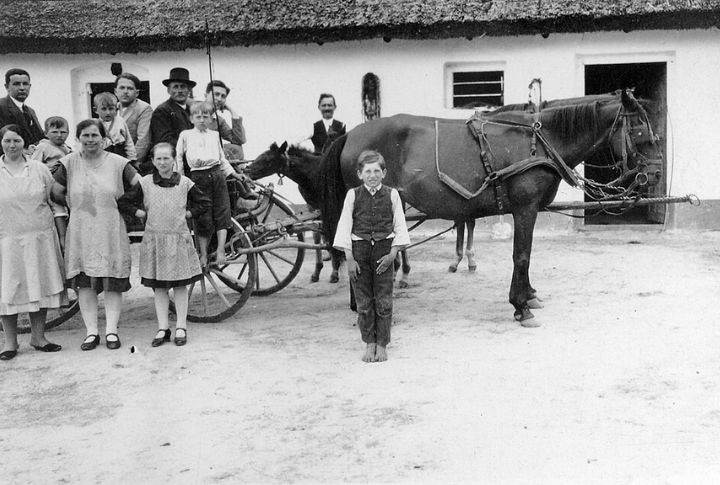
Movie screens and films often paint life in the Wild West as fun and thrilling. But the reality was different, especially for kids. Frontier children had a different kind of childhood, one marked by dirt roads and hard work rather than video games and toys. Let’s find out what growing up in the Wild West felt like.
Waking Up In A Log Cabin With No Electricity
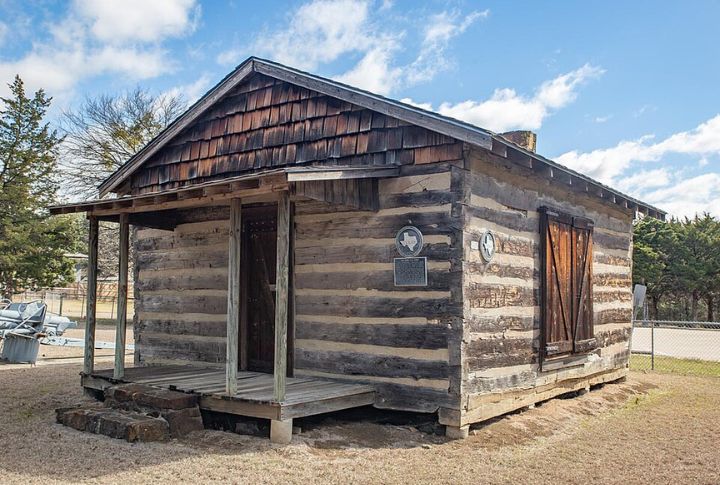
Frontier kids lived a life where waking up shivering, with a layer of ice inside their cabin, was a regular occurrence. Homes had no electricity, no plumbing, and not even insulation. The only heat was fire, and it also doubled as light. Then, privacy was nonexistent because families shared just one room.
Kids Had Their Part In Chores Before Sunrise
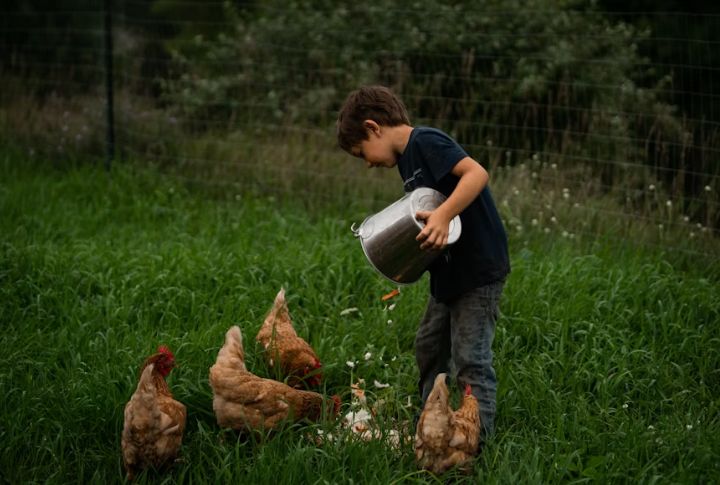
Kids were often up before sunrise to feed livestock, collect chicken eggs, stack wood for fire, and clean living quarters. Four-year-olds weren’t exempt either, and there was no sleeping in unless you were sick. For more context on hard work, many children could milk a cow before they knew the alphabet.
Academic Education Was One-Room Schoolhouses And Chalkboard Lessons
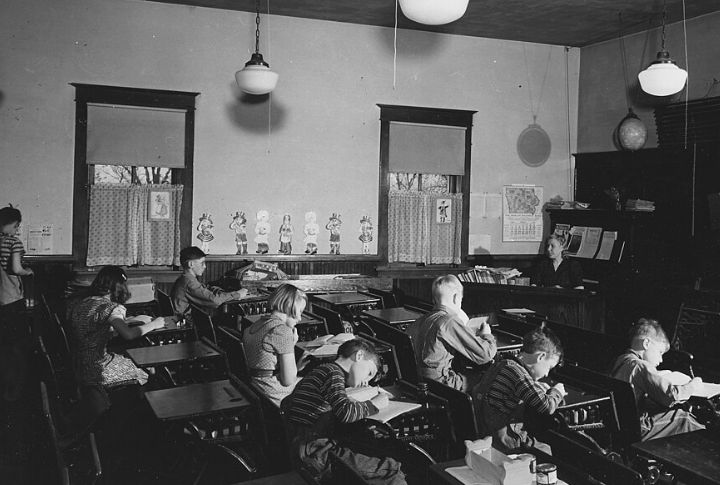
School in the Wild West meant learning to read, write, do arithmetic, and behave. Dozens of kids in the same age group attended a single classroom with one teacher. Students had to make do with chalk slates because there was no paper. And yes, some kids would walk five miles to get this education.
Toys Were Scarce
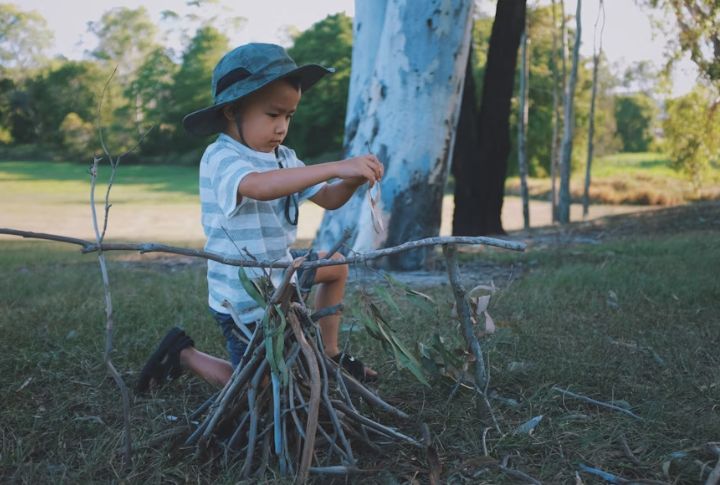
For people living in such isolated areas, toy stores were unheard of, so kids used whatever they had. Corn husks became dolls. Tree branches turned into swords. You have to applaud these kids for their creativity. Imagination was their main toy, and it never ran out of batteries.
Children Made Music With Whatever They Could Find
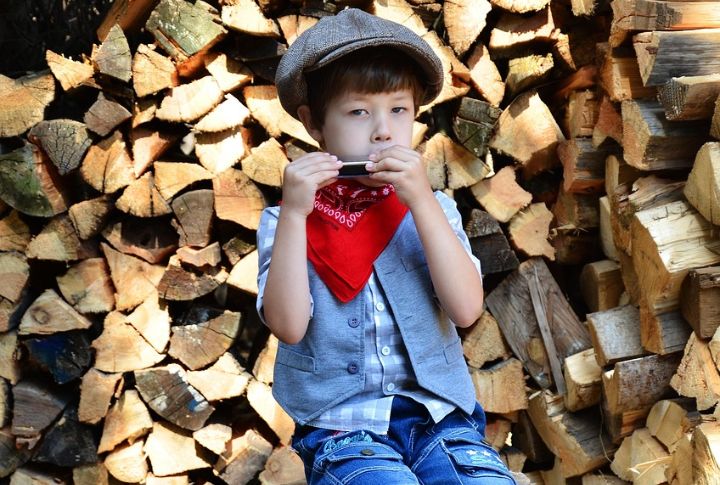
Music was part of the daily life of frontier kids. But it didn’t come from pianos or drums. They would create not-so-melodious melodies out of spoons, washboards, sticks, fiddles, and random items lying around the cabin. Any item or activity that made a sound joined the band, including clapping and whistling.
Wearing Homemade Clothes Passed Down For Years
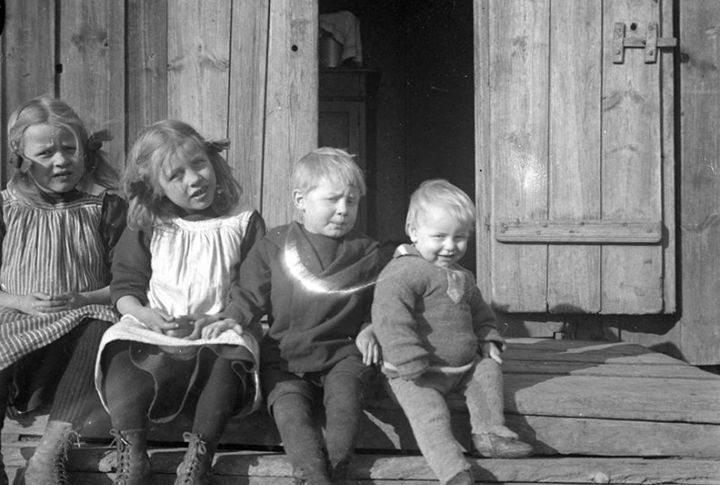
Hand-me-downs were the norm because most clothes were handmade by mom or older siblings. Because of the time and effort it took to make a piece, they didn’t have enough. Also, instead of getting new clothes, they patched old ones and then passed them down from older to younger, except for that one outfit saved for special occasions.
Learning To Hunt And Fish By Age Ten
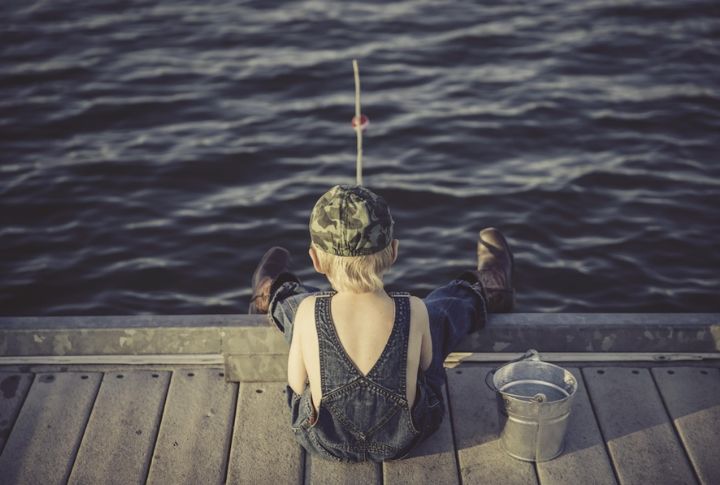
Ten wasn’t too young to hunt. Kids knew how to trap rabbits, follow tracks, and start a fire from scratch. They even cleaned and cooked their catch. If they brought home game, dinner got an upgrade—one less night of beans, one more night with full plates.
Cooking Over Open Flames With Mom And Grandma
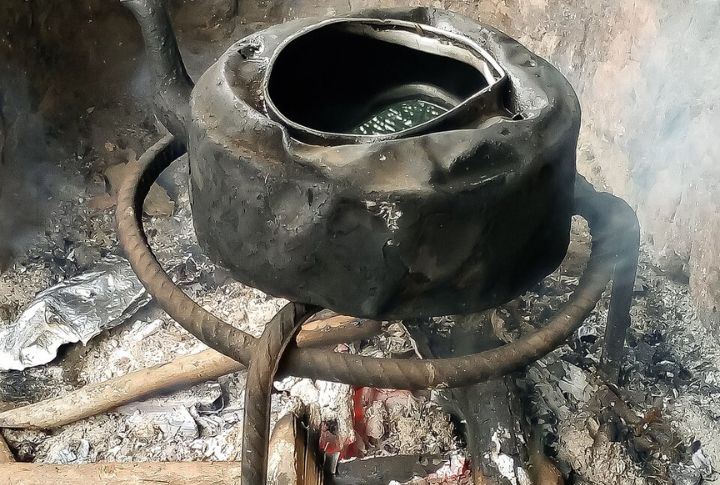
The Wild West didn’t have stovetops or microwaves, so every meal came with a side of smoke. Children helped with cooking and cleaning activities, such as grinding corn or churning butter. Tears would form in their eyes because of the open hearths and campfires, but that was just normal.
They Often Waved Friends Goodbye
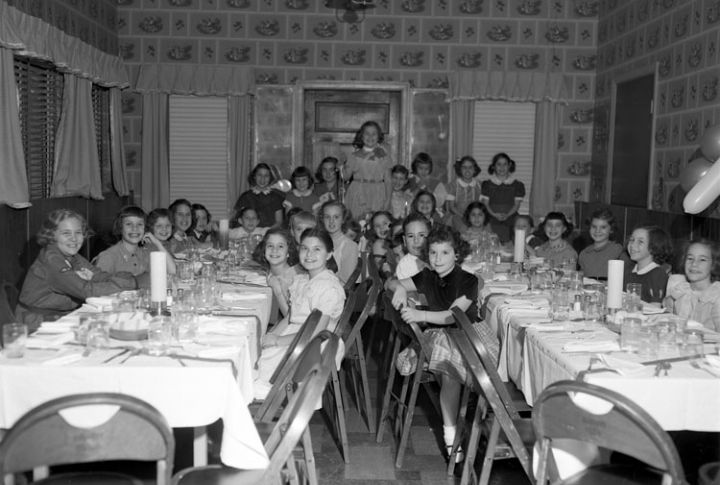
One week, you had a best friend; the next, they were gone. Since families often moved in search of better farmland and work, friendships also broke up frequently. Frontier kids had to move on, and the letters rarely reached them. Thankfully, the goodbye parties were something to smile about.
Long Rides To Town In Horse-Drawn Wagons
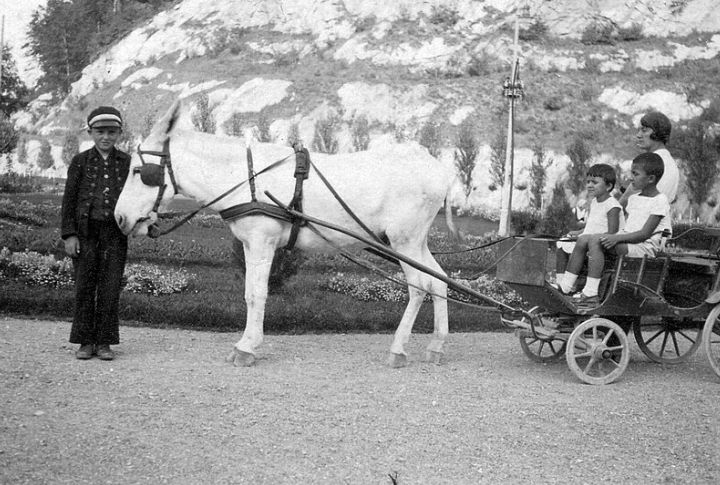
Wagos were the primary means of transporting goods and people, but their speed meant staying on the road for hours or even days, depending on the distance. Kids counted fence posts or played “I Spy” to pass the time. For them, going to town was a field trip, except with hard seats and sore backs.
